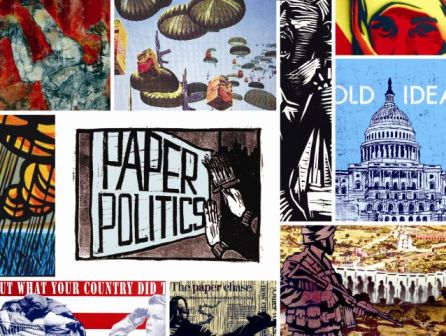Grade 7 Ancient Civilizations
Goal of Knowledge and cultural Understanding.
Linking Past to Present.
Connecting Information to the Past.
Growth of Ancient Civlizations
CST Question. The Legacy of Greek myths and epics such as the Illian continues to provide people with?
Cultural Literacy
7.1.3 3. Describe the establishment by Constantine of the new capital in Constantinople and the development of the Byzantine Empire, with an emphasis on the consequences of the development of two distinct European civilizations, Eastern Orthodox and Roman Catholic, and their two distinct views on church-state relations.
7.6.2.Describe the spread of Christianity north of the Alps and the roles played by the early church and by monasteries in its diffusion after the fall of the western half of the Roman Empire.
7.6.5. Know the significance of developments in medieval English legal and constitutional practices and their importance in the rise of modern democratic thought and representative institutions (e.g., Magna Carta, parliament, development of habeas corpus, an independent judiciary in England).

Sociopolitical Literacy
7.9.6. Understand the institution and impact of missionaries on Christianity and the diffusion of Christianity from Europe to other parts of the world in the medieval and early modern periods; locate missions on a world map.
7.6.8. Understand the importance of the Catholic church as a political, intellectual, and aesthetic institution (e.g., founding of universities, political and spiritual roles of the clergy, creation of monastic and mendicant religious orders, preservation of the Latin language and religious texts, St. Thomas Aquinas's synthesis of classical philosophy with Christian theology, and the concept of "natural law").
7.5.1. Describe the significance of Japan's proximity to China and Korea and the intellectual, linguistic, religious, and philosophical influence of those countries on Japan.
National Indentity.
7.6.8.Understand the importance of the Catholic church as a political, intellectual, and aesthetic institution (e.g., founding of universities, political and spiritual roles of the clergy, creation of monastic and mendicant religious orders, preservation of the Latin language and religious texts, St. Thomas Aquinas's synthesis of classical philosophy with Christian theology, and the concept of "natural law").
7.7.2. Study the roles of people in each society, including class structures, family life, war-fare, religious beliefs and practices, and slavery.
7.7.4 Describe the artistic and oral traditions and architecture in the three civilizations.

Geographic Literacy.
7.1.2 2. Discuss the geographic borders of the empire at its height and the factors that threatened its territorial cohesion.
7.2.1 1. Identify the physical features and describe the climate of the Arabian peninsula, its relationship to surrounding bodies of land and water, and nomadic and sedentary ways of life.
7.6 1. Study the geography of the Europe and the Eurasian land mass, including its location, topography, waterways, vegetation, and climate and their relationship to ways of life in Medieval Europe.

Economic Literacy
7.3 4. Understand the importance of both overland trade and maritime expeditions between China and other civilizations in the Mongol Ascendancy and Ming Dynasty.
7.3. 2. Describe agricultural, technological, and commercial developments during the Tang and Sung periods.
7.6 3. Understand the development of feudalism, its role in the medieval European economy, the way in which it was influenced by physical geography (the role of the manor and the growth of towns), and how feudal relationships provided the foundation of political order.

Ethical Literacy
7.8.4.Describe the artistic and oral traditions and architecture in the three civilizations.
7.9.2. Describe the theological, political, and economic ideas of the major figures during the Reformation (e.g., Desiderius Erasmus, Martin Luther, John Calvin, William Tyndale).
7.9.7. Describe the Golden Age of cooperation between Jews and Muslims in medieval Spain that promoted creativity in art, literature, and science, including how that cooperation was terminated by the religious persecution of individuals and groups (e.g., the Spanish Inquisition and the expulsion of Jews and Muslims from Spain in 1492).
